All Science
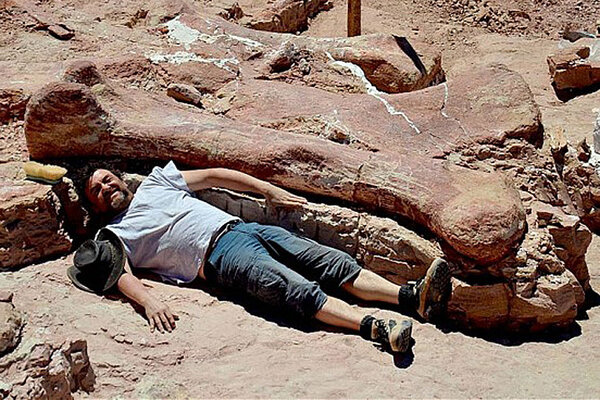 New dinosaur discovery: Is this really the 'world's biggest' dinosaur?
New dinosaur discovery: Is this really the 'world's biggest' dinosaur?New dinosaur discovery: This dinosaur stood seven-stories tall, was about 130-feet long, and could have weighed about 100 tonnes. But is this the "biggest" dinosaur ever found?
- Dune holes mystery: Can scientists solve it?
Dune holes have suddenly appeared at the Indiana Dunes National Lakeshore and in Oregon. A boy was swallowed by a dune hole on Mount Baldy last summer, and survived. But scientists aren't sure what's causing the dune holes.
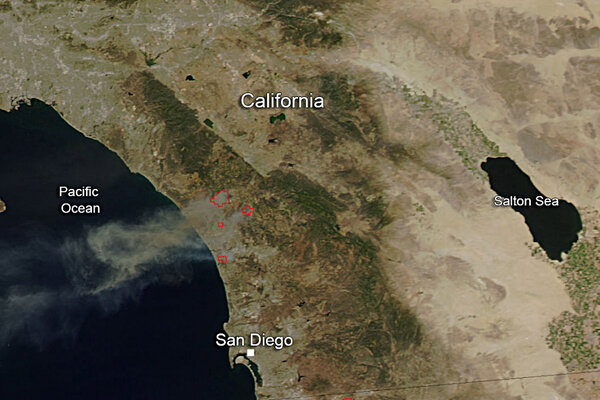 California wildfires can be seen from space. Is that actually impressive?
California wildfires can be seen from space. Is that actually impressive?Southern California's fires are just one of the many man-made features visible from space, say experts.
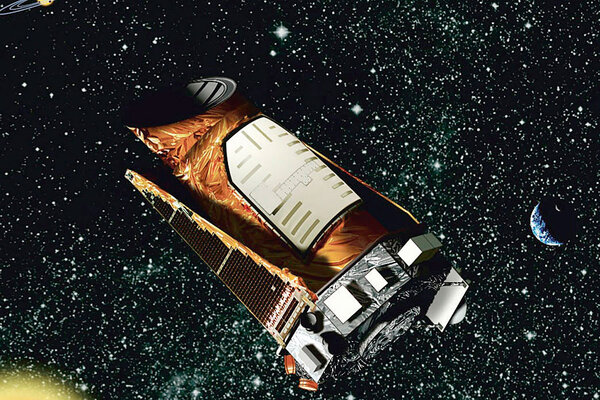 Kepler observatory: It still has plenty of planet-hunting left, NASA decrees
Kepler observatory: It still has plenty of planet-hunting left, NASA decreesDespite some failed parts, NASA's orbiting Kepler observatory, which specialized in finding Earth-like planets, has been given a new to-do list that should keep it in the planet-hunting game.
- Once again, a Russian rocket breaks up after launch.
Another failure of a Proton-M, this time destroying a $275 million communication satellite, is raising doubts about reliability of Russia's workhorse rocket.
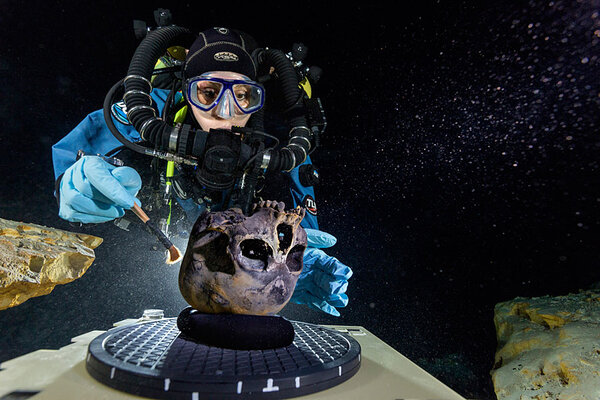 Who were the first Americans? Ancient skeleton unravels mystery.
Who were the first Americans? Ancient skeleton unravels mystery.Discovered in an underwater cave in Mexico, the 12,000-year-old skeleton of 'Naia' is confirms that today's Native Americans are descended from people who crossed from Siberia to Alaska.
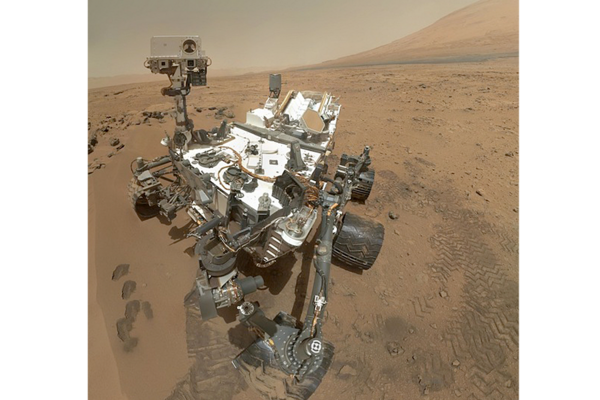 Robots laying important groundwork for manned Mars misisons
Robots laying important groundwork for manned Mars misisonsWith each rover and orbiter that explores Mars, the more we understand how to get humans safely to the Red Planet.
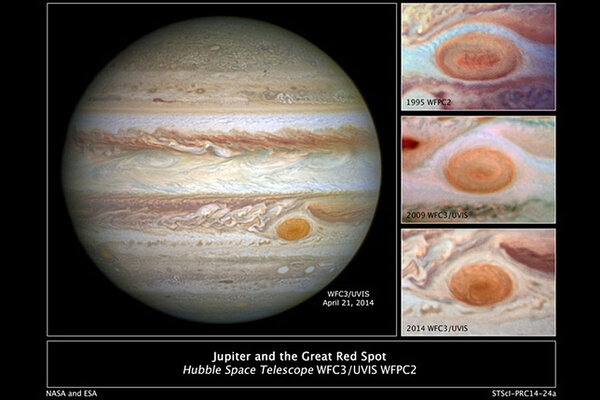 Jupiter's Great Red Spot is shrinking, say astronomers
Jupiter's Great Red Spot is shrinking, say astronomersJupiter's Great Red Spot, a violent storm three times the diameter of Earth, is getting smaller, a new study reports.
 Failed launch: Russian satellite now an ex-satellite
Failed launch: Russian satellite now an ex-satelliteA $200 million Russian communications satellite is no more after a Proton rocket broke apart in flight.
 Plasma from the sun may generate lightning on Earth, say scientists
Plasma from the sun may generate lightning on Earth, say scientistsLightning strikes are more frequent after streams of charged particles emanating from the sun strike the Earth's atmosphere, a new study has found.
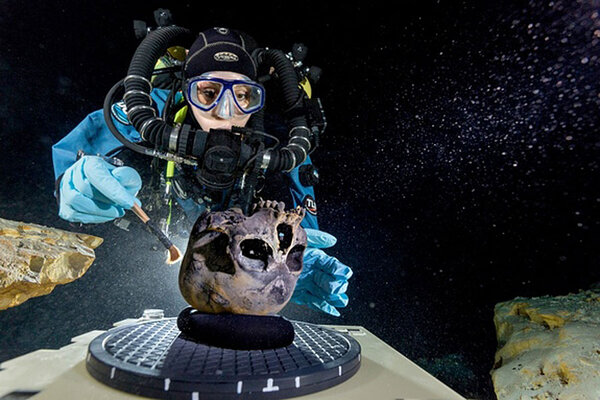 Ancient skeleton yields clues to Native American origins
Ancient skeleton yields clues to Native American originsFound underwater in a Mexican cave, the skeleton of Naia, a teenage girl who lived about 12,000 years ago is the 'missing link' that explains the mystery behind the first Americans.
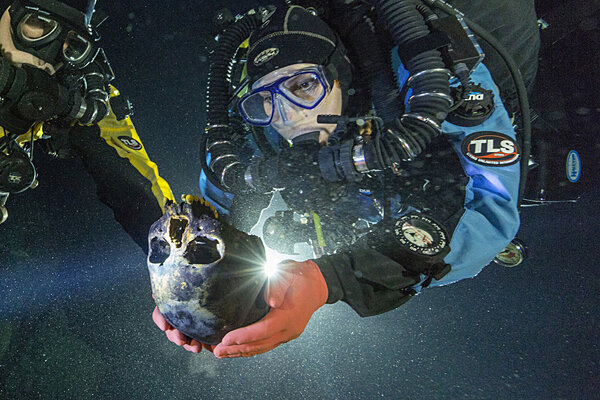 Where did native Americans come from? 'Naya' skeleton paints detailed picture.
Where did native Americans come from? 'Naya' skeleton paints detailed picture.Found by divers in a Mexican cave, the 12,000-year-old bones of a teenage girl are the first intact remains of a Paleolithic American.
- First-of-its-kind long-necked dinosaur found in South America
Paleontologists have unearthed fossilized remains of a long-necked sauropod dinosaur, a relative of Diplodocus and Apatosaurus, in Argentina. The find suggests that dinosaurs of this type survived into the Early Cretaceous period.
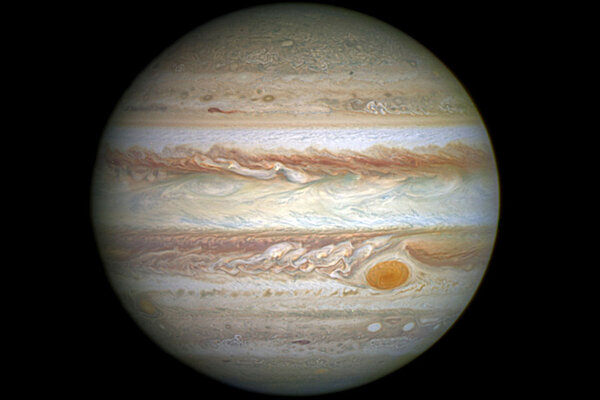 Is Jupiter's Great Red Spot turning into Jupiter's Pretty Good Red Spot?
Is Jupiter's Great Red Spot turning into Jupiter's Pretty Good Red Spot?A raging storm three times the dimaeter of Earth, Jupiter's Great Red Spot appears to be shrinking, reveals data from the Hubble telescope.
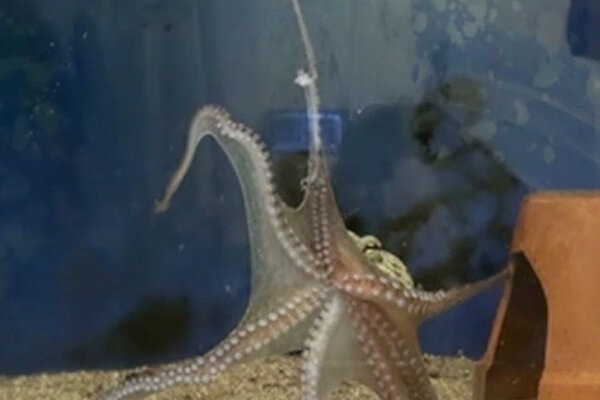 Why don't octopuses tie themselves in knots? Science now has an answer.
Why don't octopuses tie themselves in knots? Science now has an answer.By all rights, octopuses should constantly be getting tangled up by their own limbs. Why don't they?
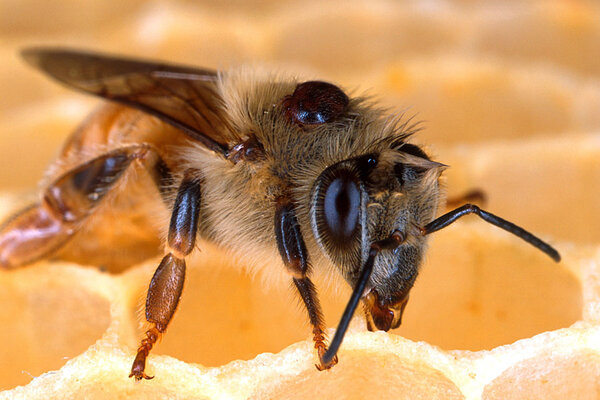 One in four honeybee colonies died off this winter, and that's an improvement
One in four honeybee colonies died off this winter, and that's an improvementA USDA survey of beekeepers found that 23 percent of bee colonies collapsed this winter, less than the eight-year average of 30 percent.
- Kitty litter? Radiation leak may be traced to feline absorbent
Kitty litter? Radiation leak may have been caused by a chemical reaction tied to kitty litter soaked with radioactive liquid. The leaking radiation exposed 21 workers at a storage facility in New Mexico, and ranks as the worst accident at the facility.
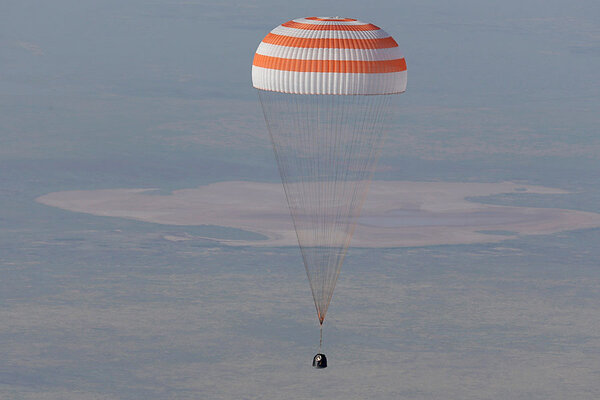 International Space Station: How serious are Russia’s threats?
International Space Station: How serious are Russia’s threats?Responding to US and European sanctions over the crisis in Ukraine, Russia says it would consider ending its cooperation on the International Space Station. But its options are limited, say experts.
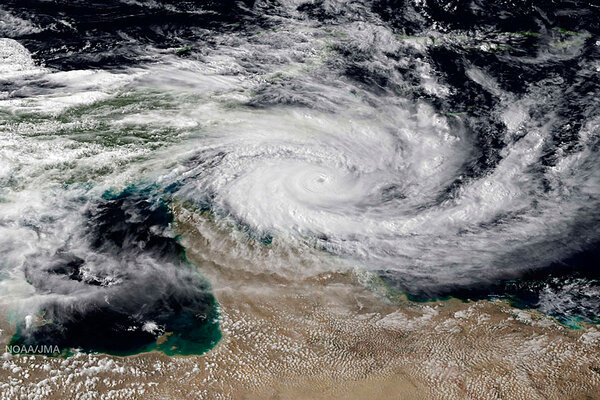 More hurricanes moving to populated places, say scientists
More hurricanes moving to populated places, say scientistsTropical cyclones are migrating away from the tropics and toward the poles, toward larger populations, reports new research.
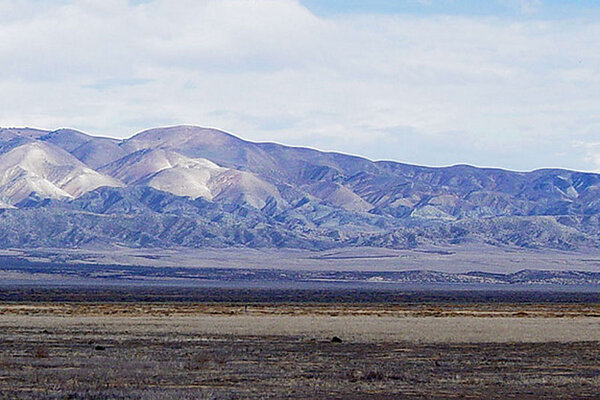 San Andreas Fault: Is California's thirst triggering earthquakes?
San Andreas Fault: Is California's thirst triggering earthquakes?San Andreas Fault: Groundwater in California's Central Valley is so depleted that it has raised the Sierra Nevada mountains and Coast Ranges nearly six inches, and has strained the San Andreas Fault.



















